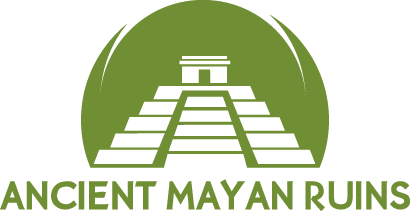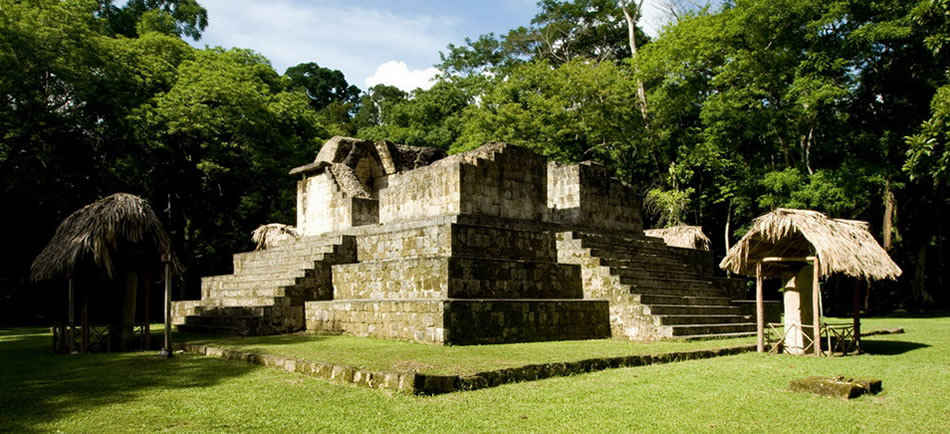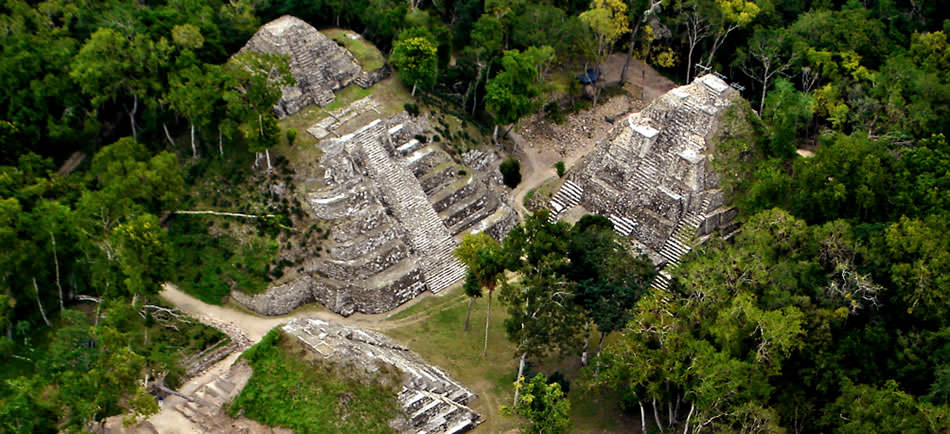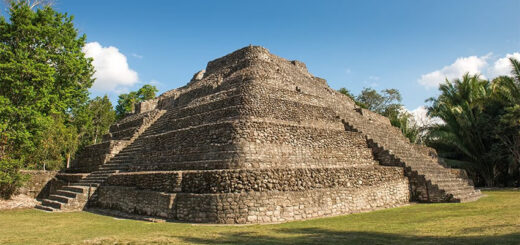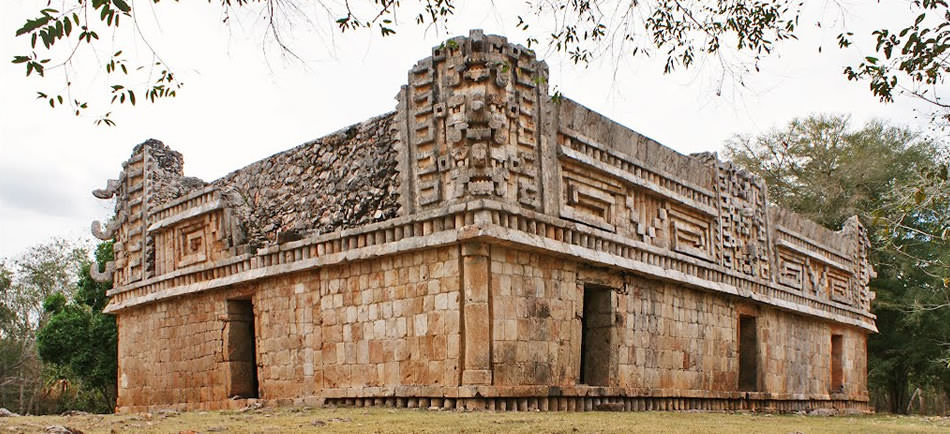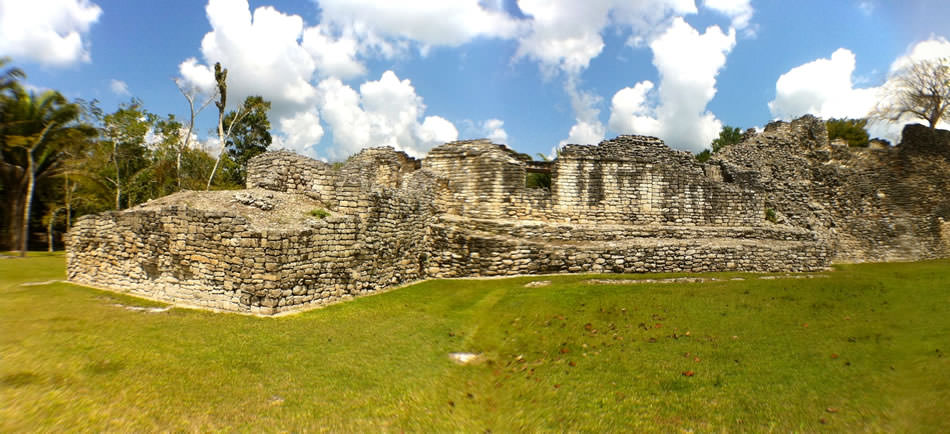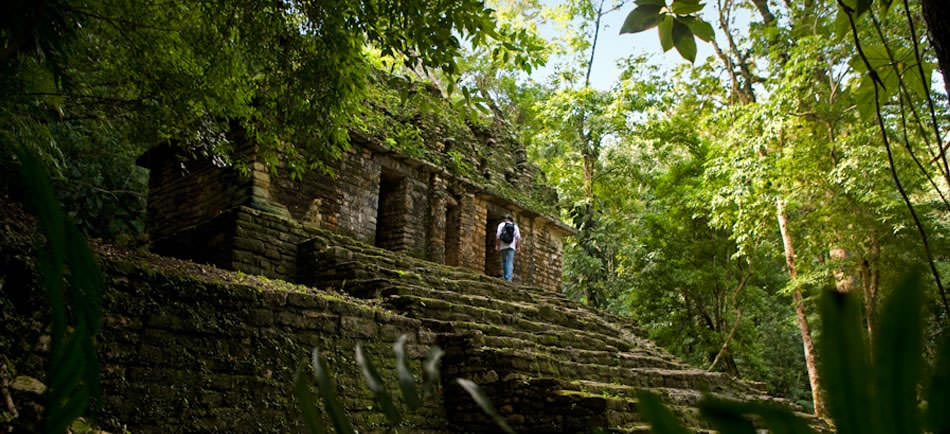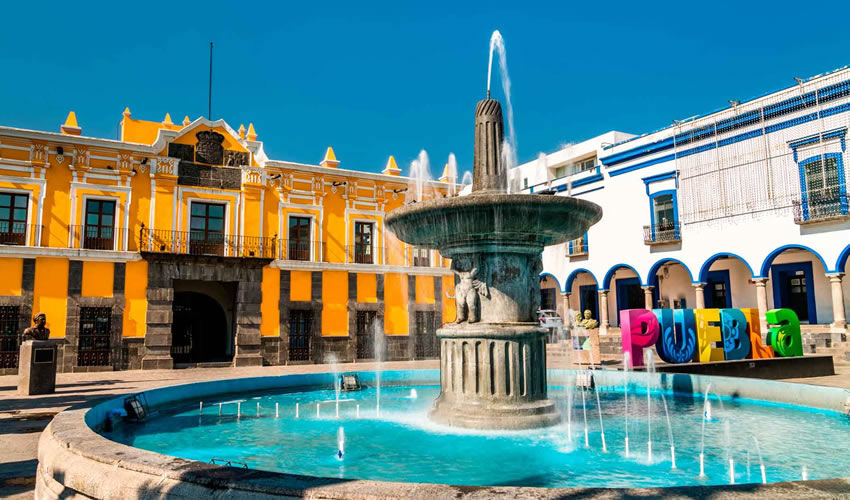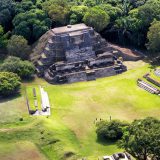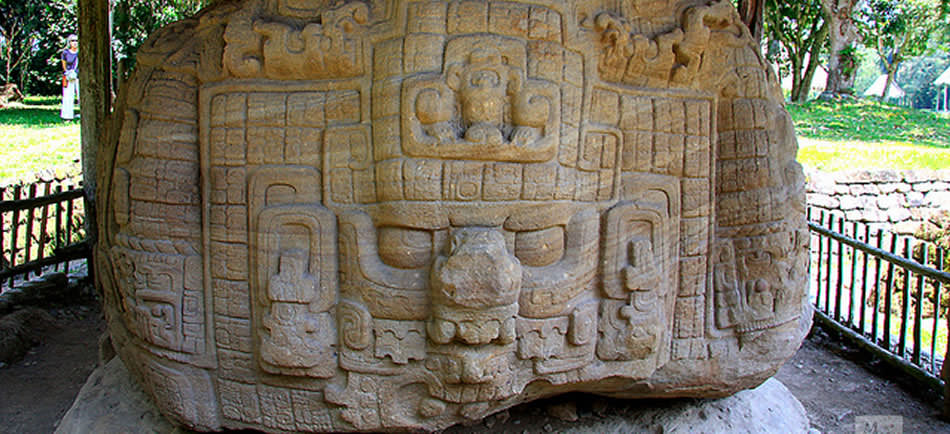
Quiriguá
Quiriguá is an ancient Maya archaeological site in the department of Izabal in south-eastern Guatemala.
It is a medium-sized site covering approximately 3 square kilometers along the lower Motagua River, with the ceremonial center about 1 km from the north bank.
During the Maya Classic Period (AD 200–900), Quiriguá was situated at the juncture of several important trade routes.
The site was occupied by 200, construction on the acropolis had begun by about 550, and an explosion of grander construction started in the 8th century.
All construction had halted by about 850, except for a brief period of reoccupation in the Early Postclassic (c. 900 – c. 1200).
Quiriguá shares its architectural and sculptural styles with the nearby Classic Period city of Copán, with whose history it is closely entwined.
Quiriguá’s rapid expansion in the 8th century was tied to king K’ak’ Tiliw Chan Yopaat’s military victory over Copán in 738.
When the greatest king of Copán, Uaxaclajuun Ub’aah K’awiil or “18-Rabbit”, was defeated, he was captured and then sacrificed in the Great Plaza at Quiriguá. Before this, Quiriguá had been a vassal state of Copán, but it maintained its independence afterward.
The ceremonial architecture at Quiriguá is quite modest, but the site’s importance lies in its wealth of sculpture, including the tallest stone monumental sculpture ever erected in the New World.
